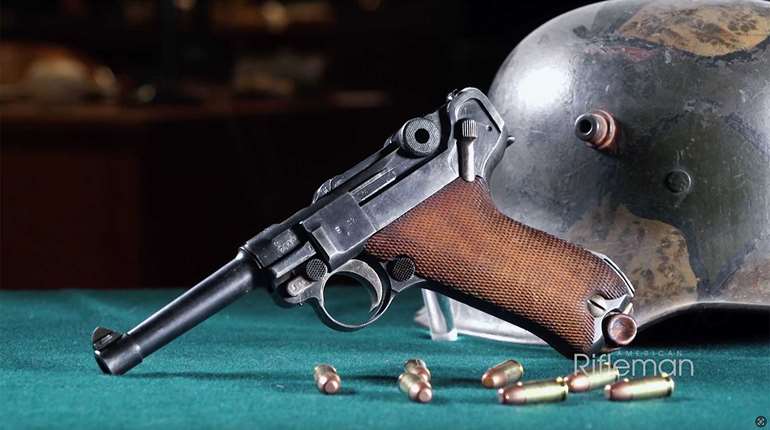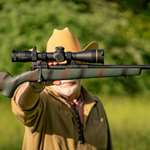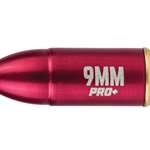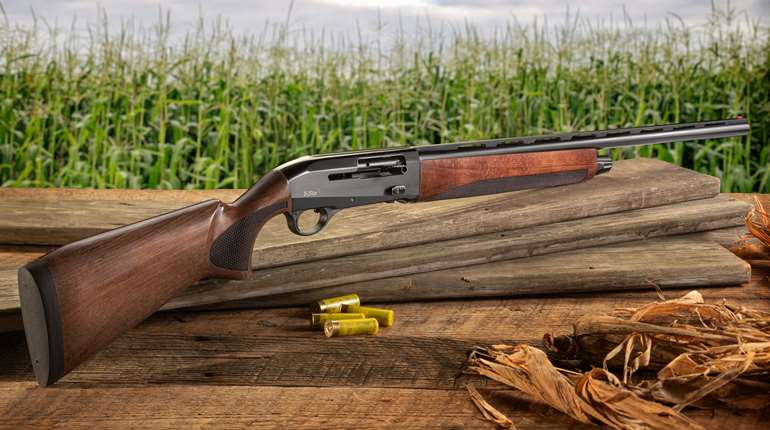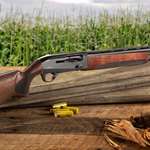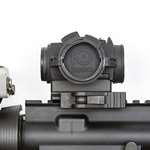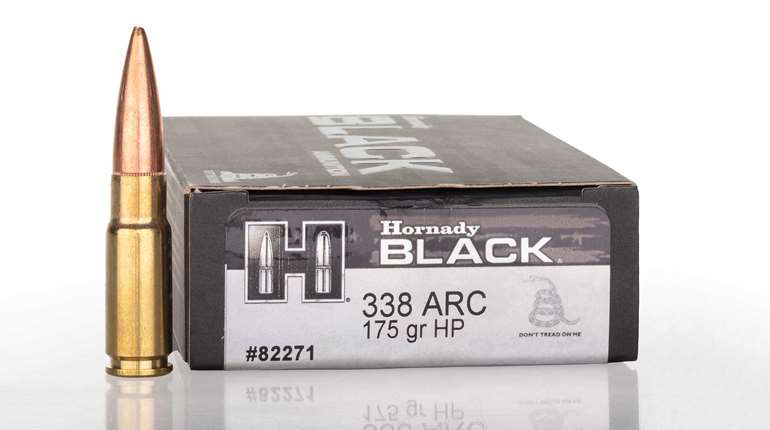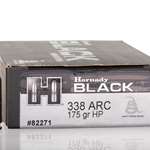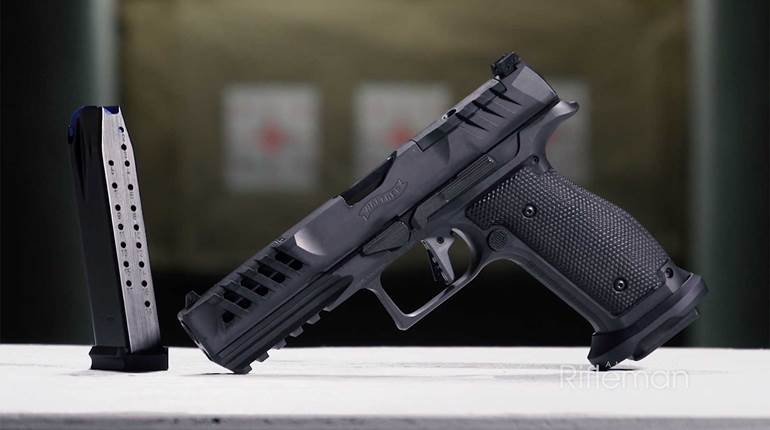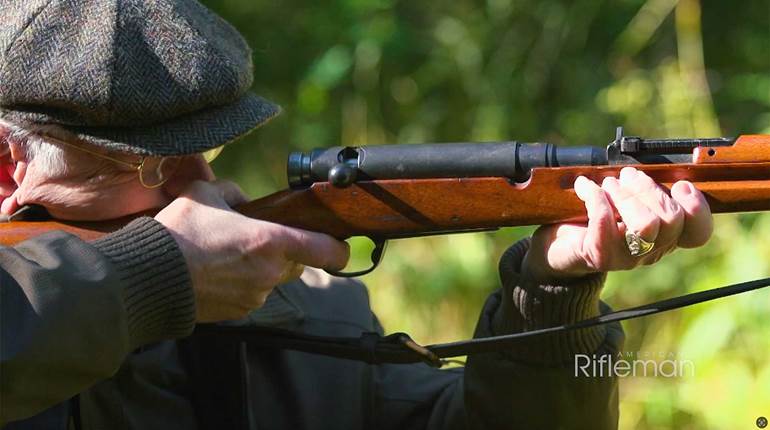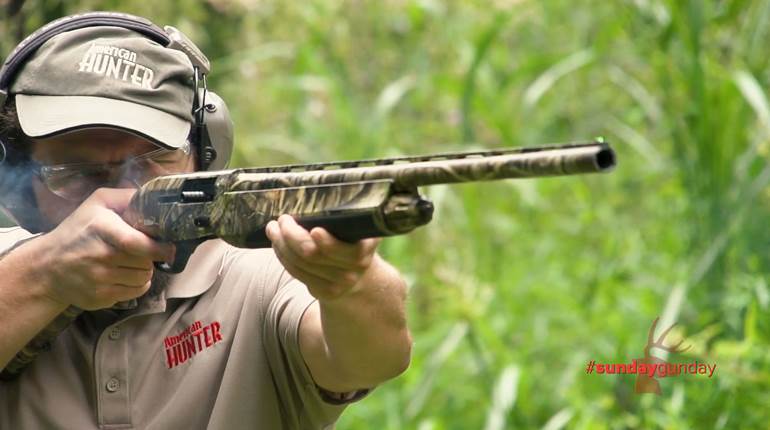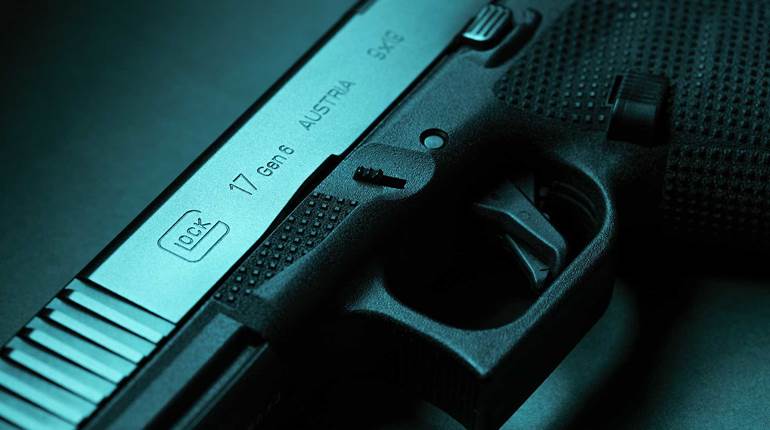
In a mature industry, competition characteristically takes place by stealing market share from your competitors because a mature industry, by definition, exhibits very little growth or expansion. The firearms industry is a mature industry.
Innovation of new products and technologies is the primary way in which firearms manufacturers compete for market share.
The most significant innovations of the past 30 years, have all come from European gun companies. Even Ruger, the most innovative American gun manufacturer since World War II, has been playing catch up to the likes of Glock, HK, Beretta, Blaser, Sauer and SIG.
In the early 80s, the U.S. Armed Forces conducted a trial to replace the venerable 1911 pistol. An Italian gun came in first (Beretta) and a Swiss-designed, German-made gun was second (SIG).
In the mid 80s, some 90 percent of U.S. law enforcement officers carried Smith & Wesson revolvers, but a change came about with the introduction of a “point gun, pull trigger” semi-automatic pistol from Austria. Glock never looked back and nowcontrols an estimated 60 percent of the police market today with SIG and Beretta taking sizeable chunks from Smith’s pie.
Semi-automatic shotgun design is alsoa European forte. Benelli and Beretta have brought forth innovative new models while Remington responded by updating the 1100 into the 1187.
The first handgun with a light rail? Austrian. SIG Pro, the first modular handgun? German. The new pet rifle of the Special Forces, the SCAR? Belgian. The most radical new shotgun in a decade, the Vinci? Italian. Tikka? Finland. Blaser? German. Accuracy International? Britain.
Meanwhile, what innovations have American gun makers brought forth? Kimber has come on strong… with an upgraded 1911. That would be circa, uhm, 1911. S&W introduced its own AR15, as did Remington and Ruger. We're up to circa 1965.
Is the Kahr pistol innovative? Not in the same sense as a Heckler & Koch P-7. Is the Dakota rifle innovative? It’s a copy of a German rifle, which was introduced in, let's see now, 1898. How about AMT’s Auto Mag or D&D’s Bren Ten? Moot point. Both went bankrupt.
No, the American firearms industry is no longer the center of innovation, however, our ammunition industry most certainly is. Against such lame efforts as the .376 Steyr, we countered with the .300 WSM and a host of other “short magnums” that are truly revolutionary.
Our projectile technology is right on the leading edge with such innovations as the Barnes X bullet, Winchester Black Talon, Nosler Ballistic Tip, Hornady LeverEvolution and Swift A-Frame.
The saving grace of the American gun business for American companies is that the market is extremely traditional. Even though the Blaser rifle is unquestionably more innovative than a “new” titanium and stainless version of a Model 700, not many Americans buy Blasers. (It’s by far the best-selling hunting rifle in Europe where engineering novelty is more prized than here.)
Thompson/Center and Smith & Wesson both recently brought out new bolt-action hunting rifles that are derivative, not innovative.
Derivative may be the best word to describe the U.S. firearms industry’s approach to new product development. I’m not sure if it’s more from a lack of imagination or daring,or from a recognition that American shooters and hunters just don’t buy high-tech guns in great numbers.
On the other hand, the fact that the Glock Collectors Association even exists is a scary thought.















